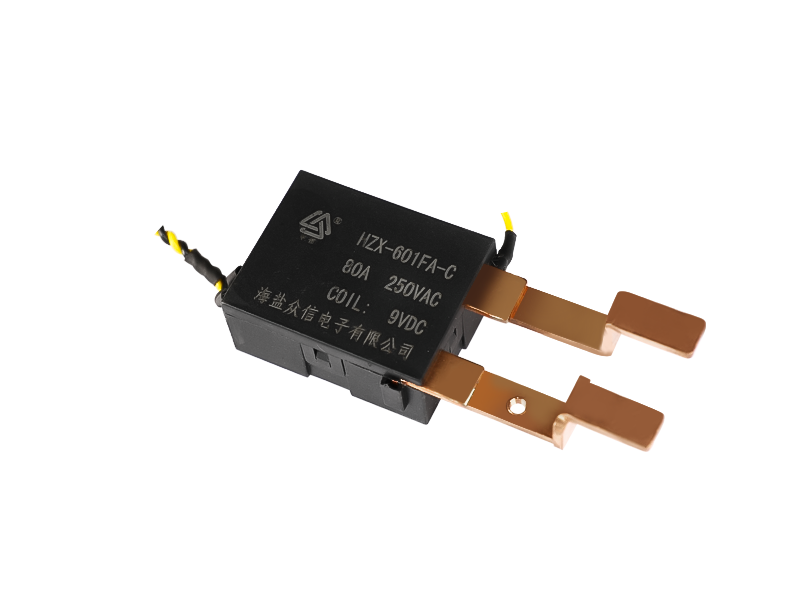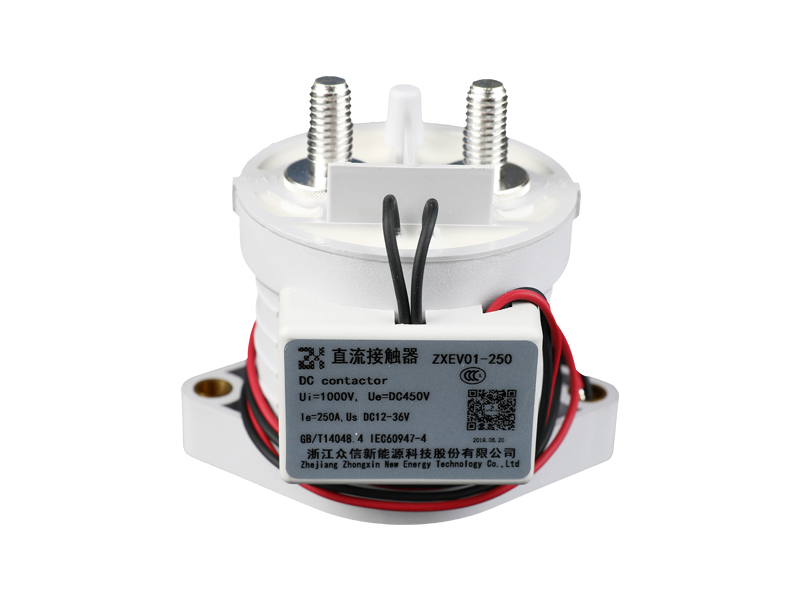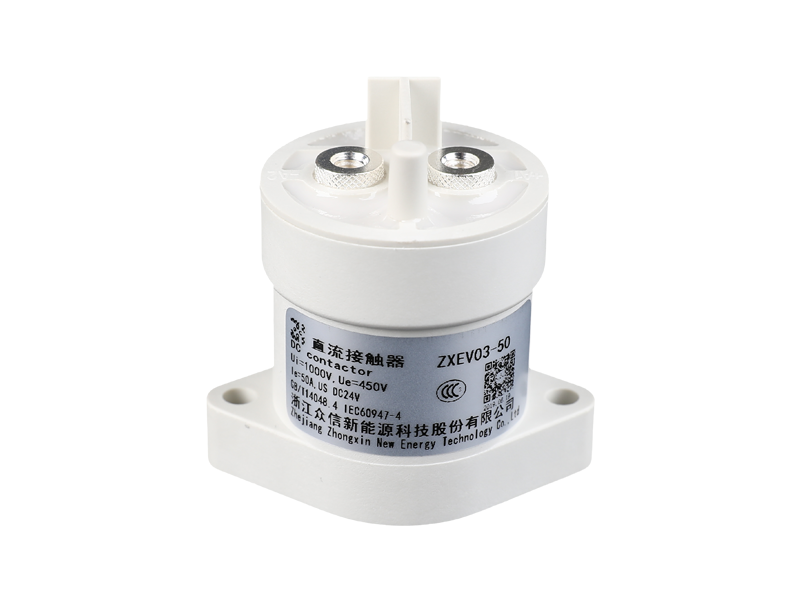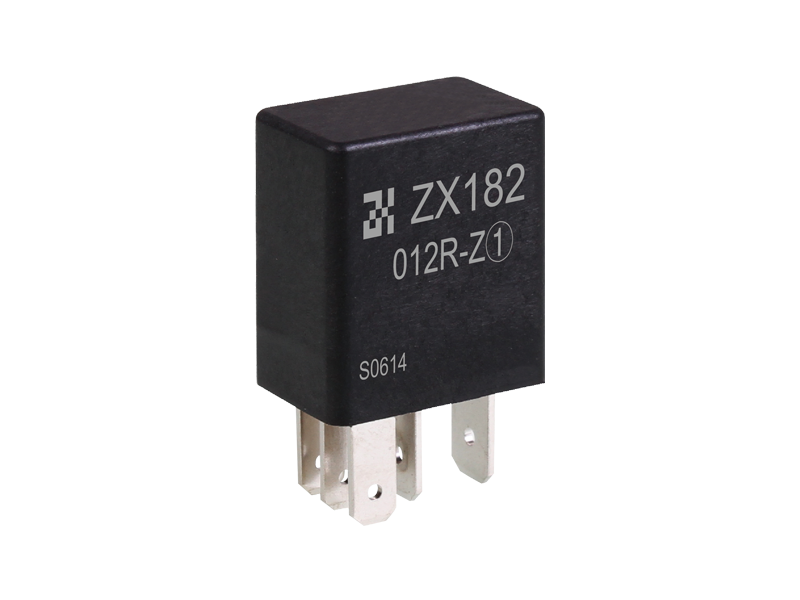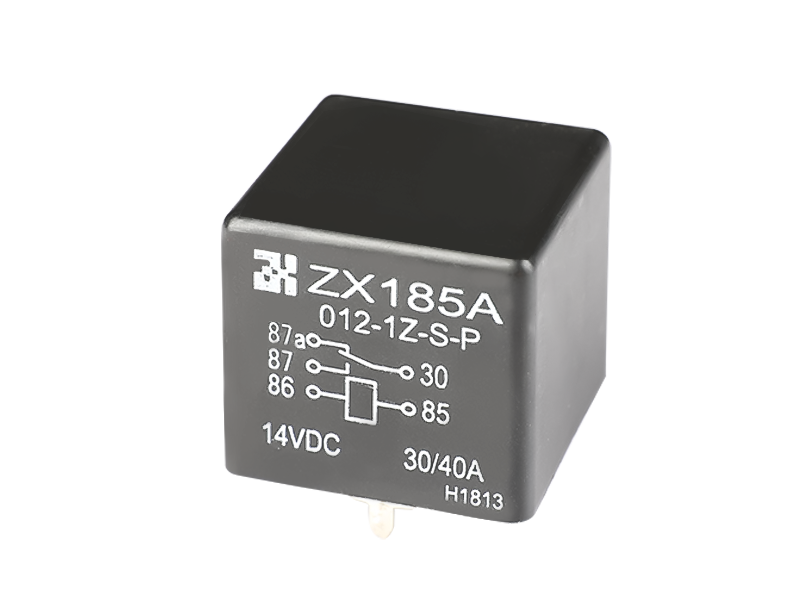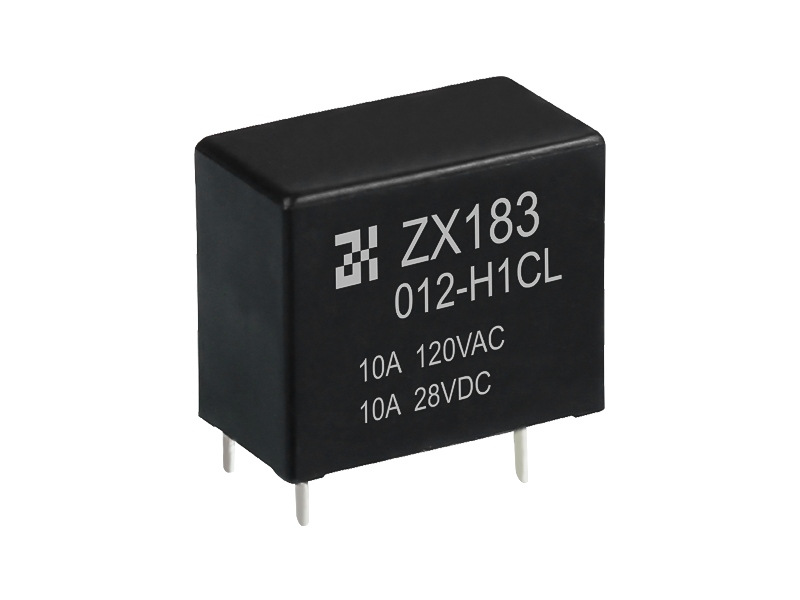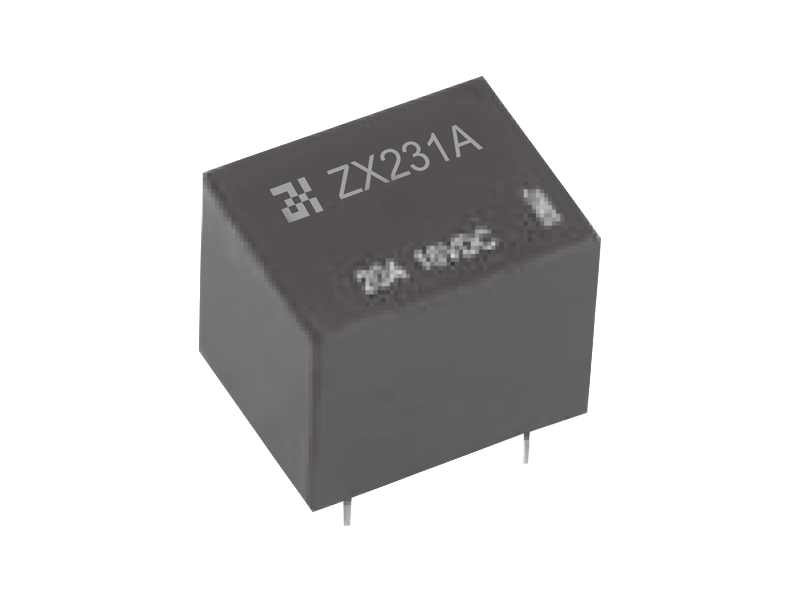For electromagnetic (voltage, current, intermediate) relays, the sensing mechanism is an electromagnetic system. The faults of the electromagnetic system are mainly concentrated in the coil and the moving and static iron cores.
(1) Coil Troubleshooting Coil faults usually cause damage to the coil insulation; mechanical damage causes inter-turn short circuit or grounding; because the power supply voltage is too low, the dynamic and static iron cores are not closely contacted, so that the current passing through the coil is too large, and the coil is heated and burned. . When it is repaired, the coil should be rewound. If the armature does not pull in after the coil is energized, it may be that the connection of the lead wire of the coil falls off, causing the coil to open the circuit. After checking the detachment, it can be welded on.
(2) Troubleshooting of the iron core The main fault of the iron core is that the armature cannot be sucked up after the power is turned on. This may be caused by the broken wire of the coil, foreign objects between the moving and static iron cores, and the power supply voltage is too low. It should be repaired according to the situation. After power-on, the armature is noisy. This may be due to uneven contact surfaces of the moving and static iron cores, or oil contamination. When repairing, the coil should be removed, and its contact surface should be smoothed or ground; if there is oil pollution, it should be cleaned. The loud noise may be caused by short circuits and ring breakage. Repair or replace a new short circuit ring. After the power is cut off, the armature cannot be released immediately, which may be caused by the moving iron core being stuck, the air gap of the iron core being too small, the spring strain, and the contact surface of the iron core being oily. During maintenance, it should be treated differently according to the cause of the failure, or adjust the air gap to protect it at 0.02-0.05MM, replace the spring, or use gasoline to clean the oil. For thermal relays, the sensing mechanism is the thermal element. The common failure is that the heating element is burned out, or the heating element malfunctions and does not operate.
(3) The heating element is burnt out. This may be caused by a short circuit on the load side, or the thermal element operating frequency is too high. During maintenance, the thermal element should be replaced and the setting value should be readjusted.
(4) Malfunction of the thermal element. This may be due to the fact that the setting value is too small, the action is not overloaded, or there is a strong impact and vibration in the application occasion, which causes the action mechanism to loosen and trip and cause misoperation.
(5) The heating element does not operate. This may be due to the setting value being too small so that the thermal element loses the overload protection function. During maintenance, the set current should be adjusted according to the load working current. Overhaul of the Actuator The actuator of most relays is a contact system. Through its "on" and "off", a certain control function is completed. The faults of the contact system generally include contact overheating, wear, welding, and so on. The main reasons for contact overheating are insufficient capacity, insufficient contact pressure, surface oxidation or uncleanness, etc.; the main reasons for increased wear are that the contact capacity is too small, the arc temperature is too high to oxidize the contact metal, etc.; The main reason for fusion welding is that the arc temperature is too high, or the contact is severely jumped.
The inspection sequence of the contacts is as follows:
(1) Open the outer cover and check the contact surface condition.
(2) If the surface of the contact is oxidized, the silver contact may not be repaired, and the copper contact can be smoothed with a gloss file or the oxide layer on the surface can be gently scraped with a knife.
(3) If the contact surface is not clean, it can be cleaned with gasoline or carbon tetrachloride.
(4) If there are burn marks on the surface of the contacts, it is not necessary to repair the silver contacts, and the copper contacts can be repaired with a gloss file or a knife. It is not allowed to use emery cloth or sandpaper to refurbish, so as to avoid residual sand and cause poor contact.
(5) If the contacts are welded, the contacts should be replaced. If the contact capacity is too small, the relay with a larger capacity should be replaced.
(6) If the contact pressure is not enough, adjust the spring or replace the spring to increase the pressure. If the pressure is still insufficient, the contacts should be replaced.


